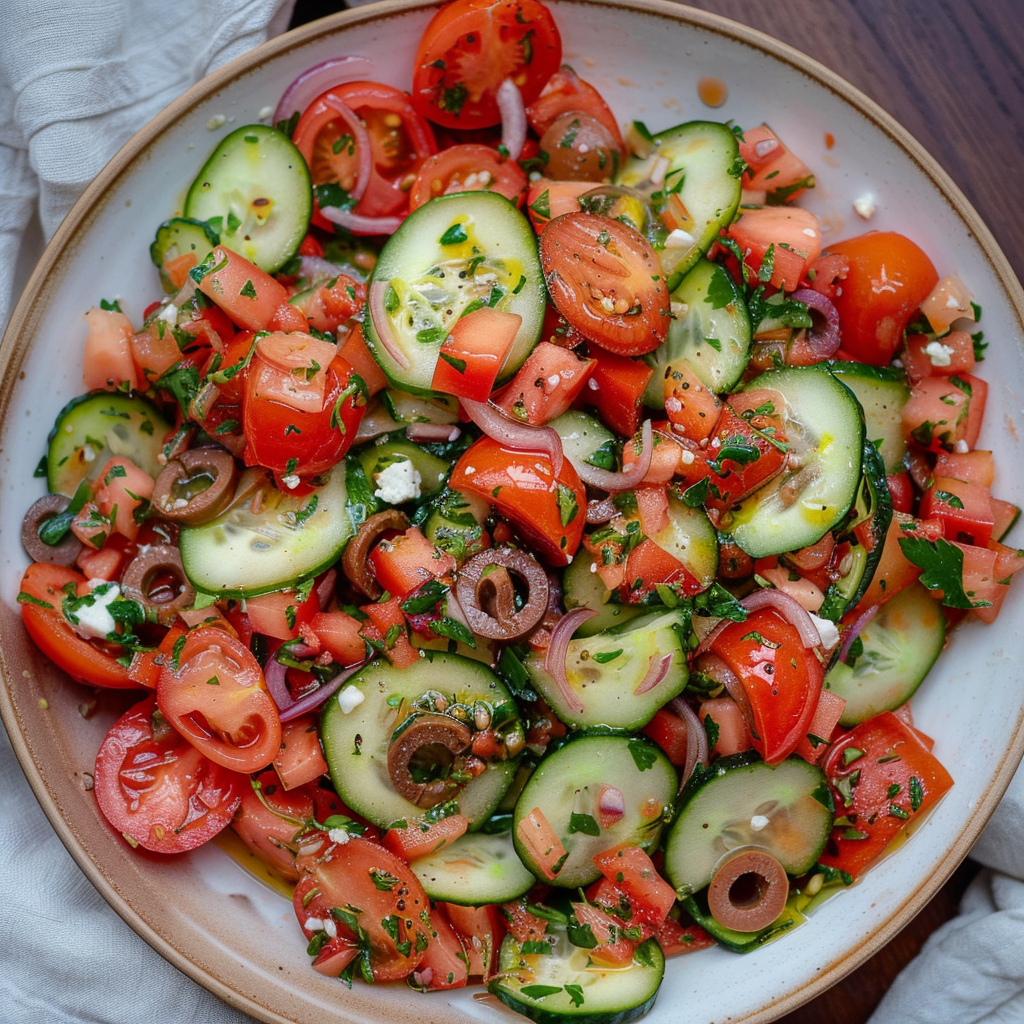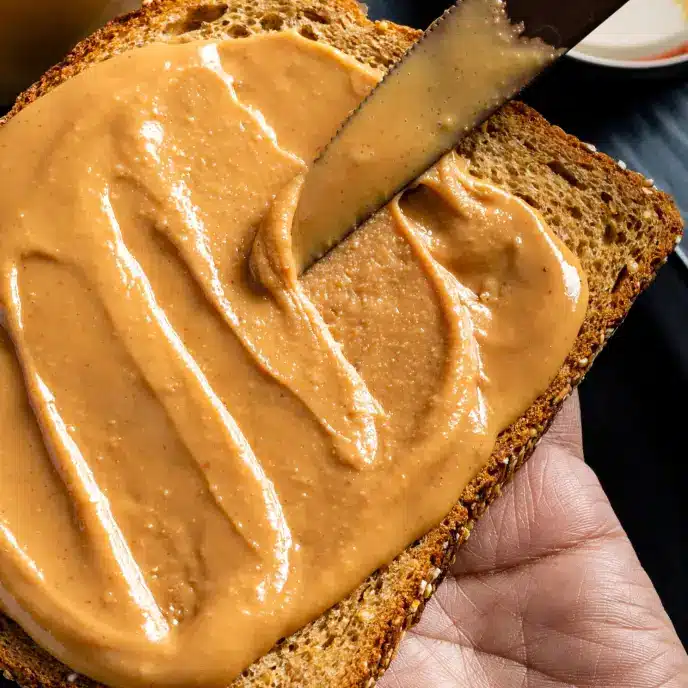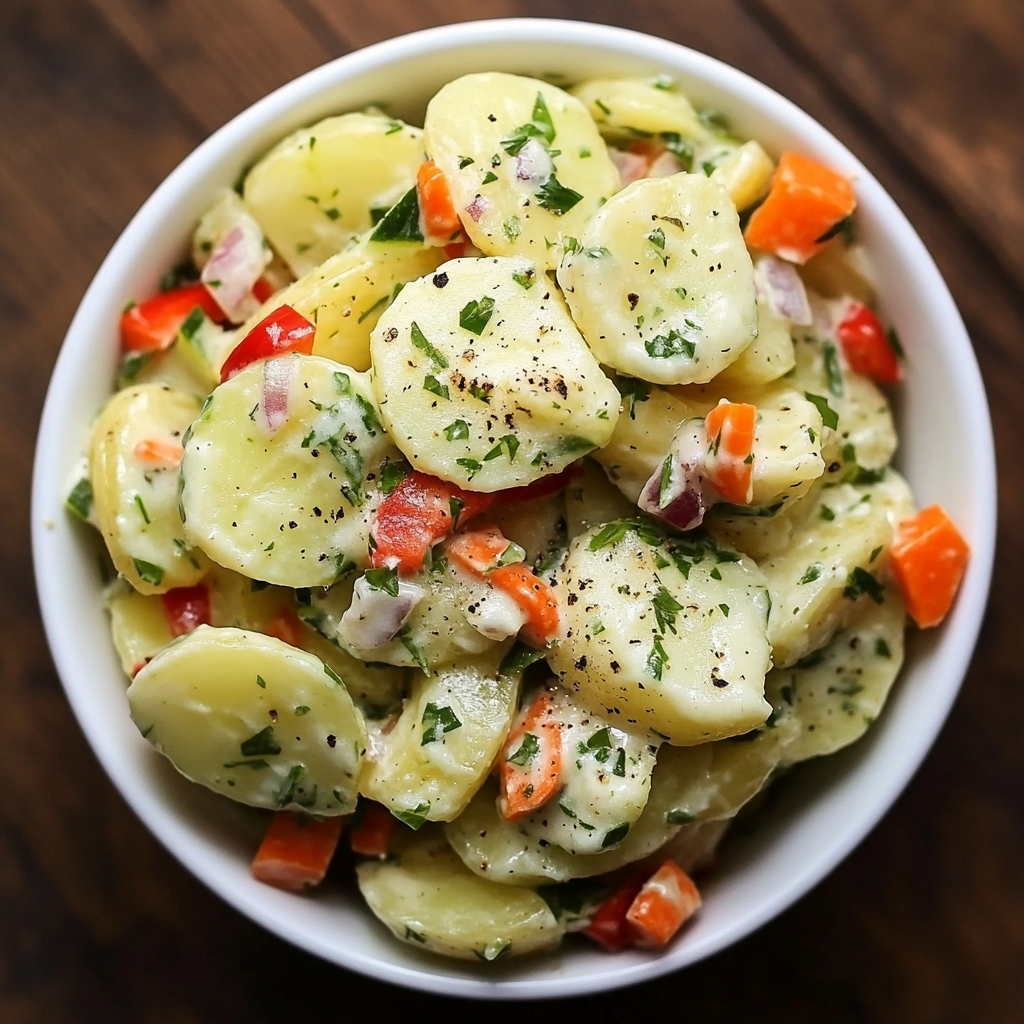Sharing is caring!
Classic Greek Salad
Why You’ll Love Classic Greek Salad?
There’s something undeniably refreshing about a classic Greek salad. With its crisp cucumbers, juicy tomatoes, briny olives, and creamy feta cheese, this Mediterranean delight is a burst of flavor in every bite. Perfect for summer picnics, light lunches, or as a vibrant side dish, it’s a no-cook recipe that comes together in minutes. Plus, it’s packed with wholesome ingredients that make it as nutritious as it is delicious. If you’re looking for more refreshing recipes, try this watermelon juice to pair with your meal.
Table of Contents
- Ingredients to make classic greek salad
- Time needed to make classic greek salad
- Quick Steps to Make Classic Greek Salad
- Is classic greek salad healthy and nutritious
- Can I make classic greek salad healthier and still delicious
- How to Serve Classic Greek Salad
- Avoid These Mistakes
- The best way to store leftover classic greek salad
- Ready to give classic greek salad a try
- Frequently Asked Questions
Ingredients to make classic greek salad
- 4 large ripe tomatoes, cut into wedges
- 1 cucumber, sliced
- 1 red onion, thinly sliced
- 1 green bell pepper, sliced
- 1 cup Kalamata olives
- 200g feta cheese, cubed
- 2 tbsp extra virgin olive oil
- 1 tbsp red wine vinegar
- 1 tsp dried oregano
- Salt and pepper to taste
Time needed to make classic greek salad
Making a classic Greek salad is incredibly quick and easy, perfect for busy days or last-minute gatherings. Here’s the breakdown:
- Prep Time: 15 minutes
- Total Time: 15 minutes
Since this salad requires no cooking, you can whip it up in under 20 minutes. For more quick and refreshing recipes, check out this watermelon juice recipe to pair with your meal.
Quick Steps to Make Classic Greek Salad
Step 1: Prep Your Veggies
Wash and chop fresh cucumbers, tomatoes, and red onions into bite-sized pieces. Slice the bell peppers into thin strips for a crisp texture.
Step 2: Combine the Base
In a large bowl, toss the chopped veggies together with Kalamata olives and crumbled feta cheese. The salty feta pairs perfectly with the crisp vegetables.
Step 3: Whisk the Dressing
In a small bowl, whisk together extra virgin olive oil, red wine vinegar, dried oregano, salt, and pepper. Adjust seasoning to taste for that authentic Mediterranean flavor.
Step 4: Toss & Serve
Drizzle the dressing over the salad and gently toss to coat. Let it sit for 5 minutes to allow flavors to meld before serving. Enjoy fresh for the best taste!
Is classic greek salad healthy and nutritious ?
Absolutely! A classic Greek salad is packed with fresh, nutrient-dense ingredients that make it a powerhouse of health benefits. The crisp cucumbers, juicy tomatoes, and vibrant bell peppers provide essential vitamins like A and C, while the red onions add a dose of antioxidants. The Kalamata olives and extra-virgin olive oil contribute heart-healthy monounsaturated fats, which are great for cardiovascular health. Feta cheese adds protein and calcium, making this salad a well-rounded meal.
For those looking to boost their nutrient intake, consider pairing your classic Greek salad with an anti-inflammatory turmeric salad for an extra health kick. If you’re interested in exploring more nutritious options, check out this green juice recipe to complement your meal.
For further reading on balanced Mediterranean diets, visit The Stay at Home Chef or explore Cooked by Julie for more wholesome meal ideas.
Can I make classic greek salad healthier and still delicious?
Absolutely! A classic Greek salad is already packed with fresh, wholesome ingredients, but you can tweak it to make it even healthier without sacrificing flavor. Here are some smart swaps and tips to boost nutrition while keeping that irresistible Mediterranean taste.
1. Opt for a Lighter Dressing
Traditional Greek salad dressing uses olive oil, which is healthy in moderation. For a lighter version, reduce the oil by half and add a splash of lemon juice or red wine vinegar for extra tang. You can also try this turmeric-infused dressing for an anti-inflammatory twist.
2. Add More Veggies
Boost the fiber and nutrient content by adding extra veggies like bell peppers, zucchini, or even roasted eggplant. These additions keep the salad hearty while adding more vitamins. For inspiration, check out this veggie-packed recipe.
3. Choose Leaner Protein
While feta cheese is a staple, you can reduce the portion size or opt for a lower-fat version. For a protein boost without extra fat, add grilled chicken or chickpeas. This slow-cooked protein guide offers great tips.
4. Go Easy on the Salt
Feta and olives are naturally salty, so skip adding extra salt. Instead, enhance flavor with herbs like oregano, basil, or dill. For more herb ideas, try this herb-infused green juice.
With these simple tweaks, your classic Greek salad stays delicious while becoming even more nutritious!
How to Serve Classic Greek Salad?
This vibrant classic Greek salad shines as a standalone dish, but pairing it with the right sides elevates the experience. For a light Mediterranean spread, serve it with warm pita bread or turmeric-spiced grain bowls for extra texture. If you’re hosting, complement it with grilled meats like lemon-herb chicken or slow-cooked ribs for a hearty contrast.
For drinks, a crisp white wine or kiwi agua fresca balances the tangy feta beautifully. Garnish with extra olives and a drizzle of olive oil for a restaurant-worthy touch. Craving dessert? Try spiced pumpkin cheesecake to round off the meal.
Avoid These Mistakes
Making a classic Greek salad seems simple, but small errors can affect its authentic taste. Here’s what to watch out for:
Using Low-Quality Feta
Authentic classic Greek salad relies on high-quality feta cheese. Avoid pre-crumbled varieties—they often contain preservatives. Instead, buy a block of Greek feta in brine for the best texture and flavor.
Overdressing the Salad
A light drizzle of extra virgin olive oil and a splash of red wine vinegar are enough. Drowning the ingredients masks their freshness. For a balanced approach, check out our guide on turmeric salad dressing techniques.
Skipping the Kalamata Olives
Regular black olives won’t cut it. Kalamatas add a rich, tangy depth. If you’re exploring olive varieties, this resource explains how to pair them with Mediterranean dishes.
Chopping Vegetables Too Small
Traditionally, veggies are cut into hearty chunks. Tiny pieces turn soggy fast. For knife skills, this tutorial offers great tips.
Adding Lettuce
Authentic classic Greek salad never includes lettuce. Focus on cucumbers, tomatoes, and onions. For leafy alternatives, try our green juice recipes.
Want more Mediterranean inspiration? This site shares creative twists on traditional flavors.
The best way to store leftover classic greek salad
To keep your classic Greek salad fresh, transfer it to an airtight container and refrigerate for up to 2 days. The cucumbers and tomatoes may soften slightly, but the flavors will still shine. For longer storage, separate the feta and olives—they last up to 5 days when stored properly. If you’re meal prepping, layer ingredients with dressing at the bottom to prevent sogginess. For more tips on preserving fresh ingredients, check out our guide on storing leafy greens or explore herb preservation techniques. Reheat-free, this salad tastes best chilled—just give it a quick toss before serving!
Ready to give classic greek salad a try?
This vibrant Mediterranean dish is more than just a salad—it’s a celebration of fresh flavors and wholesome ingredients. Whether you’re looking for a light lunch, a refreshing side, or a nutrient-packed meal, classic greek salad delivers every time. With juicy tomatoes, crisp cucumbers, briny olives, and creamy feta, it’s a dish that’s as delicious as it is nutritious.
For more healthy and flavorful recipes, check out our anti-inflammatory turmeric salad, or try a refreshing watermelon juice to pair with your meal. If you love Mediterranean flavors, our green juice recipe is another great way to boost your nutrient intake. And for dessert, why not whip up a batch of our classic banana bread to round off your meal?
So, what are you waiting for? Gather your ingredients and enjoy the simplicity and freshness of classic greek salad today!
Frequently Asked Questions
What makes a classic Greek salad authentic?
An authentic classic Greek salad focuses on fresh, high-quality ingredients like ripe tomatoes, crisp cucumbers, red onions, Kalamata olives, and creamy feta cheese. The dressing is simple—just olive oil, red wine vinegar, oregano, and a pinch of salt.
Can I make a classic Greek salad ahead of time?
Yes! Prep the veggies and store them separately. Add the dressing and feta just before serving to keep everything crisp and fresh.
Are there vegetarian or vegan options for classic Greek salad?
Absolutely. For a vegan version, skip the feta or use a plant-based alternative. The rest of the ingredients are naturally vegetarian and vegan-friendly.
How long does leftover classic Greek salad last?
Store leftovers in an airtight container for up to 2 days, but note that the veggies may soften. For best results, enjoy it fresh.
What can I substitute for Kalamata olives?
If you don’t have Kalamata olives, black olives or green olives work, though the flavor will be slightly different.












